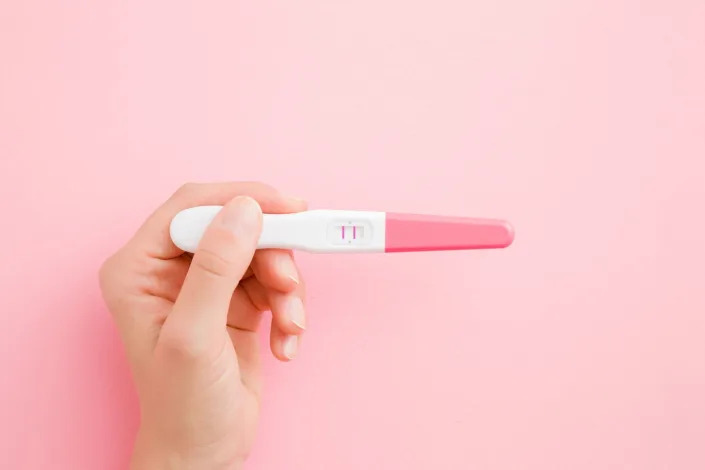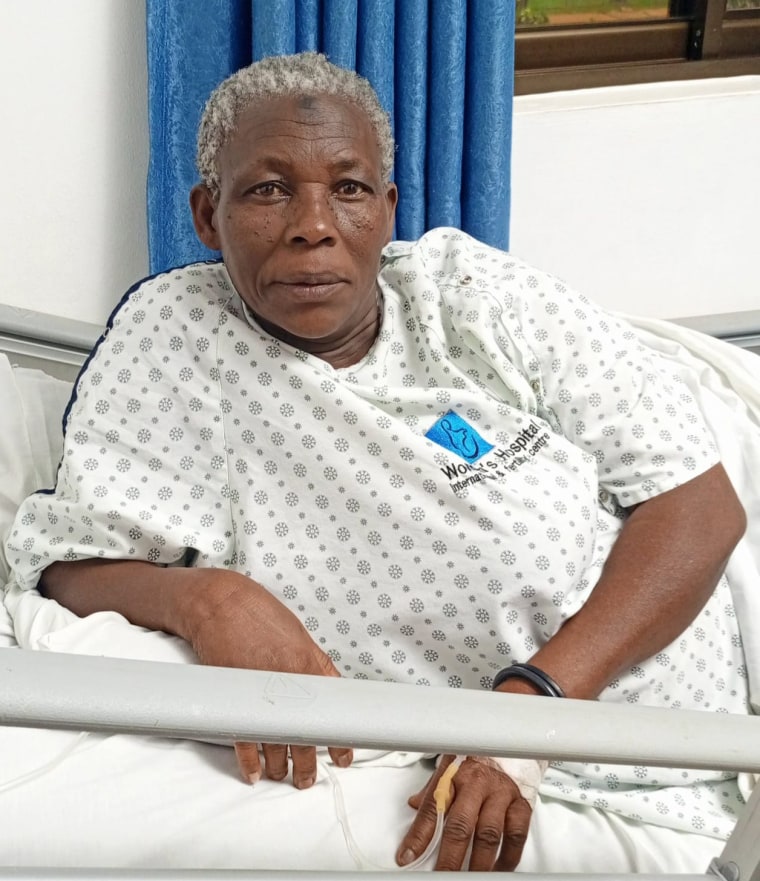KRISTIN GROGAN
The Dialectic of Sex: The Case for Feminist Revolution
Shulamith Firestone
Verso
2015
£9.99
240 pages
ISBN: 9781784780524
As the 1960s drew to a close, a new group of radical feminists burst onto the New York political scene. Calling themselves the Redstockings and infusing the intellectual traditions of their forebears—the eighteenth-century Blue Stocking Society—with revolutionary energy, the group set out to shake up the public conversation around women’s rights. Aiming to develop female class consciousness and to overturn the status of women as an oppressed class, the Redstockings disrupted abortion hearings, hosted their own speak-outs, and protested against the Miss America Pageant. One of the group’s founding members was Shulamith Firestone, whose blazing case for feminist revolution, The Dialectic of Sex, would be released in 1970. Firestone was twenty-five.
The 1970s kicked into gear and radical feminists led the charge. Like Kate Millet’s Sexual Politics and Germaine Greer’s The Female Eunuch, also published in 1970, The Dialectic of Sex became a bestseller (it could be found on the shelves of drugstores and supermarkets in the early years of that decade). But its release was met with a degree of ire that its cohort never quite attracted. In the forty-five years since she penned her manifesto, Firestone has remained a largely marginalised figure. Republished by Verso last month, The Dialectic of Sex is still infrequently taught and little studied. Part of this is due to Firestone’s disappearance from public intellectual life—she lived with schizophrenia until her death in 2012, and her only other publication was a book of short stories, Airless Spaces. But this neglect is also, I suspect, due to the extraordinarily incendiary nature of Firestone’s ideas. She had no interest in integrating women into the system that has subjugated them. Only the complete annihilation of that system would be enough, and in its place something wholly new and immeasurably better could emerge.
The Dialectic of Sex is a call to arms. Women, Firestone declares, are an oppressed sex class. They have been constantly and systematically exploited to the benefit of the male ruling class. Biology is the root of women’s oppression: nature “produced the fundamental inequality” by imposing the full responsibility of reproduction on only half the population. This originary biological inequality was then consolidated and institutionalized in the interests of men.
Such a state of oppression requires radical change. Where the elimination of economic classes would involve the proletariat seizing control of the means of production, in a feminist revolution, the female underclass must seize control of the means of reproduction in order to escape biological oppression and to eliminate sexual classes. The goal is “not only the full restoration to women of ownership of their own bodies, but also their (temporary) seizure of control of human fertility.” In the new society that would emerge, artificial reproduction would be so advanced that children could be born to both sexes equally (or independent from either sex); the biological family and the dependence of children on the mother would give way to a communal style of cohabitation and childrearing; and cybernetics would eliminate the division of labour—or indeed, would dissolve the necessity of labour altogether. This combination of economic, political, and biological freedom was what Firestone called “cybernetic communism.”
Throughout the two hundred pages of The Dialectic of Sex, Firestone articulates a sweeping vision of cybernetic communism. Firestone’s is a formidable intelligence and a blistering, eclectic method; she is at once a radical feminist, a socialist theorist, a cultural critic, a champion of children’s rights, and an ecologist. Her style is excoriating and ambitious; her tone flits between witty and wrathful. She has the enviable ability to strip a theory or phenomenon of all authority with a casual remark: Marx and Engels, from whom she borrows her analytic method, “knew next to nothing” about women’s experiences; pregnancy is “barbaric”; romantic love is a “holocaust”; chivalry, she explains in an offhand footnote, serves mainly “to keep women from awareness of their lower-class condition.” Firestone’s “dream action” for the Women’s Liberation Movement is “a smile boycott, at which declaration women would instantly abandon their ‘pleasing’ smiles, henceforth smiling only when something pleased them.”
The Dialectic of Sex leaves few issues in political and cultural history untouched. Each chapter deals with a vast problem—psychoanalysis, childhood, race, love, culture, technology—all culminating in a design for an entirely new society based on polymorphic sexuality. It is the book’s final section, on reproduction and workplace technology, that is best remembered. Firestone envisages a society in which technology would free women from “the tyranny of reproduction,” and childrearing would be diffused throughout a community. Cybernation—by which Firestone means “the full takeover of machines of increasingly complex functions”—would radically restructure the economy and make alienated wage labour redundant. Firestone’s “technofeminism” channels a sort of medievalism—she idealises a pre-capitalist mode of production based on apprenticeship as a way of restoring pleasure to labour and creating work that is pursued mainly for personal enjoyment. Like so many revolutionaries before her, Firestone looks to the past in order to reimagine the future.
The Dialectic of Sex is often lauded for its uncanny prescience. Firestone foresees the Internet in the form of large “computer banks” of knowledge (“why store facts in one’s head when computer banks could supply comprehensive information instantaneously?”) But elsewhere her technological revolution has failed to come to fruition. Nina Power points out that instead of the collectivization of contraception that Firestone envisaged, contraceptive choices today are decided by the individual woman, and not by women as a sex class. The collectivity that Firestone imagined has given its seat to intense individualization.
Today women have a heavy price to pay to manage their bodies. In the United Kingdom, tampons are taxed more than jaffa cakes. Meanwhile Kimberley Clark—a corporation that produces sanitary items—boasted sales of $4.7 billion and an operating profit of $748 million in the first quarter of 2015 alone. The same corporation has come under fire in the past for their poor environmental record and exorbitant executive salaries. The responsibility for contraception is still placed largely on women rather than men, and it is frequently economically burdensome. A copper IUD costs roughly forty US cents to manufacture, but in the United States they can fetch up to $1000. And then there is the Republican backlash against abortion rights in the United States, or the case of 31-year-old Savita Halappanavar who died in 2012 after being refused an abortion in Galway. If you need further convincing that women today are socially, politically, and economically exploited on the basis of their biology, I suggest you read this, this, this, this, this, this, this, and this.
In the worst of these cases, women’s lives are put at risk—or cast-off altogether—in the interests of maintaining control over their bodies. In the best, women are required to pay in order to be functional human beings and productive workers for roughly one week in every month. Far from being overcome, biological oppression has become a money-spinner on an enormous scale: women continue to struggle, and someone continues to profit. But I am not convinced that this disjunction between Firestone’s vision and our lived reality should move us to bemoan her inaccuracy or discount her call to arms. If anything, we should become very, very angry, and we should channel that wrath into action—for the persecution of women today makes Firestone’s demand for radical change all the more essential.
While Firestone is best remembered as a prophet of technological insurgency, I find myself most compelled by her ideas about human love, her careful working through of its present inadequacy and her vision for its future transmutation. Love has never been understood, she asserts, despite the fact that it is “the pivot of women’s oppression.” Love distinguishes sex subjugation from other forms of oppression—for women in heterosexual relationships have an intense and intimate connection to their male oppressors. Love itself is not at fault. For Firestone, the unequal balance of power between the sex classes has corrupted, complicated, and hindered love. It is women’s love for men that distracts and limits them, and allows men to be the parasitical architects of world culture, sustained by the emotional strength of women. And love means fundamentally different things to the sexes: for men, intimate relationships involve idealising a member of the subordinate sex class in order to nullify her class inferiority and to stomach being associated with her. For women, love amounts to little more than patronage, and they are consumed by a need for male approval in order to raise them from their class subordination. This corrupted, distorted love is the destructive union of two deficient egos belonging to members of unequal classes.
In a fragment written at the end of the eighteenth century, Hegel articulated a vision of a truly equal love:
True union, or love proper, exists only between living beings who are alike in power and thus in one another’s eyes living beings from every point of view; in no respect is either dead for the other […] Love neither restricts nor is restricted; it is not finite at all […] love is a sensing of something living.
Hegel figures equality as an encounter with life itself: only the equal status of two united individuals permits them to see one another as fully alive. Firestone’s vision of a love that unites two equivalent people reminds me of Hegel’s words. For Firestone, the initial basis of love is “curious admiration,” and a desire for “the self-possession, the integrated unity, of the other and a wish to become part of this Self.” Love weds admiration with desire, and a wish to incorporate fully another’s particularities:
Love is the final opening up to […] the other. […] Love is the height of selfishness: the self attempts to enrich itself through the absorption of another being. Love is being psychically wide-open to another. It is a situation of total emotional vulnerability. Therefore it must be not only the incorporation of the other, but an exchange of selves. […] Love between two equals would be an enrichment, each enlarging himself through the other: instead of being one, locked in the cell of himself with only his own experience and view, he could participate in the existence of another – an extra window on the world.
This is love not altruistic and blind, but selfish and clear-sighted. Only the destruction of the economic, political, and social inequalities that divide the sexes will produce individuals of such equal standing that this form of love can sprout. For this meeting of minds is important as a means towards collectivity; it remains essential as an antidote to solipsistic isolation. “Lovers,” Firestone concludes, “are temporarily freed from the burden of isolation that every individual bears.”
Equally significant—and perhaps even more so—is Firestone’s vision of a reordering of love and sexuality. Her designs for the destruction of the patriarchal nuclear family would create a situation in which “all relationships would be based on love alone, uncorrupted by dependencies and resulting class inequalities. Enduring relationships between people of widely divergent ages would become common.” Love, she recognizes, takes many different forms. So too does desire. “Why,” she asks, “has all joy and excitement been concentrated, driven into one narrow, difficult-to-find alley of human experience, and all the rest laid to waste?” Why is sexual affection privileged above the many other ways of loving? And why have all our erotic needs been channelled into just one form of physical contact? While our sexual desires are curtailed and the twin cults of eroticism and romanticism feed us a steady diet of dross—dead-eyed models who set the standard for attractiveness, increasingly trite romantic comedies, dissatisfying and desensitizing porn—it is still the case that erotic energy is essential, enriching, and intensely human. Its tight control leaves us physically and emotionally alienated, places a lid on our desires, and cripples our capacity to meet one another as equals.
There is much to object to in Firestone’s manifesto. I cannot quite get on board, for example, with her campaign for the total elimination of childhood—perhaps my allergy to that suggestion is a nostalgic or sentimental flaw on my own part—nor with her argument that the variety of bonds, relations, and connections that will arise in a communal society will somehow be “naturally” better than the connection between a mother and her child, and I cannot help but remain suspicious of arguments that brush aside the ways that technology can become the handmaiden of capitalist coercion. These solutions feel inadequate to me; I am not convinced that Firestone’s blanket erasure of our reproductive functions really comes to terms with the things that make women so dangerous and so feared. Still, the book’s dialectic of rage and love is insistent and indispensable. Firestone’s answer to women’s intolerable oppression is to redistribute love—”there’s plenty go around,” she reminds us, “it increases with use”—and to nurture it until it touches and electrifies every aspect of human life. Such a proposition is revolutionary indeed.
Kristin Grogan is is a first year DPhil candidate in English literature at Exeter College, Oxford. Her dissertation is on the relationship of labour and poetry in modernist poetry and poetics. She is ORbits Editor at the Oxonian Review.
June, 2015 • Issue 28.4 • Philosophy • Politics & Society




